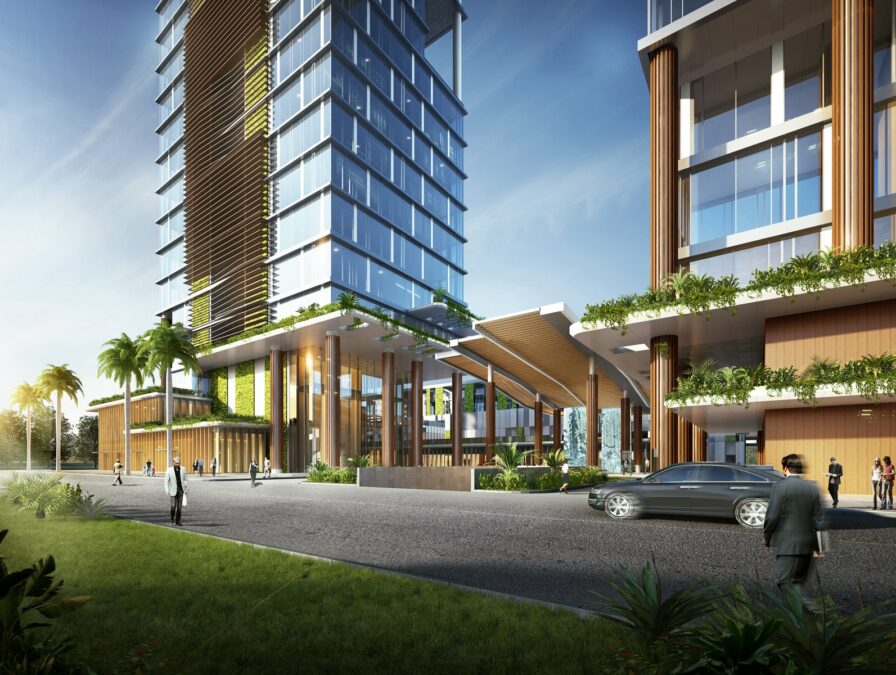Once Stigma and Demographics of Affordable Housing have been explored one must ask, what is the true cost of Affordable Housing? It turns out building affordable housing is not particularly affordable. In fact, there is a huge discrepancy between what these buildings cost to construct/maintain and the rents most people can pay. Without subsidizing the costs, it is often impossible to provide affordable housing. According to studies by The Urban Institute there is not enough affordable housing in the United States; for every 100 extremely low-income households, there are only 29 adequate, affordable, and available rental units.
Why does the affordable housing effort need to be subsidized? To begin, development costs a lot of money. Private developers rely on loans and other sources to fund construction before being able to recoup their expenses. They generally take on debt and take great risk in doing so. But developers can only get those loans and equity sources if the development will produce enough revenue to pay back the loans. The difference between the expected project revenue and what affordable rents are often leaves very few options for creating affordable homes. The problem is even more difficult when you consider the poorest residents. In many places, rent that the poorest families can pay is too little to cover the costs of operating an apartment building, even if developers could build that building for free. There are many private developers who contribute to this mounting demand however, they should not bear the expense and responsibility of this problem alone. Subsidies are essential to this effort.
To put affordable housing costs in perspective it may be necessary to provide an understanding of the costs associated with any development project that also apply to affordable projects. First, to obtain the land for the project, developers face acquisition costs. This is a fixed cost that factors greatly into the budget. Occasionally, public land can be utilized but that’s not always an option.
Construction costs are the next factor and are largely determined by the market; location, cost of living, availability of labor, cost of materials, necessary utilities/infrastructure improvements, etc. With the most recent construction boom in Charlotte there is a backlog of work which shows no sign of stopping meaning that we won’t see a reduction in cost of construction until there is a correction in the market.
Finally, developers have business expenses to bear as well. These are built into the project and are necessary for the company to cover the expenses of doing business not to mention a number of miscellaneous costs; design fees, construction loan interest, financing fees and project management fees. Without developers these projects simply won’t get built.
Charlotte is a major banking city with a growing population. It is also one of the nation’s hottest real estate markets, growing at an alarming rate. The city is aware of the problem and is taking steps to address it.
On Aug. 27, the Charlotte City Council voted to approve a new “Framework for Building and Expanding Access to Opportunity through Housing Investments.” The document, which was prepared by the city in partnership with a national affordable housing nonprofit group, lays out the scope of Charlotte’s housing needs and identifies key strategies for building and preserving affordable units, while focusing on developing “family self-sufficiency” by making housing investments that consider employment and transportation amenities. (source: Next City)
So, when does affordable housing stop being affordable? For a building to qualify for tax credits, the apartments must be affordable to families earning no more than 60 percent of the area median income, or AMI. Additionally, many rent subsidies are targeted to extremely low-income families, or those earning less than 30 percent of AMI. The current standard is that a family should pay no more than 30 percent of its household income on rent. Anything more is no longer affordable. This effort will require partnerships between the public sector and the private developers. Realistically, neither can meet the growing demands alone.
Considering the costs outlined above it’s easy to see why this problem is not easily resolved. When faced with the reality of the situation the problem is even more daunting. Changes to land use, to regulations, or how we build will help bridge the costs, but we won’t get there without subsidies. Subsidies come in different forms but no one subsidy alone can solve the affordable housing problem. We must take a step back and take a thoughtful, holistic approach that considers all the needs of all our city’s residents to ensure that people have options for safe, affordable homes. This will ensure that the growth our city has experienced will continue to be sustainable.



